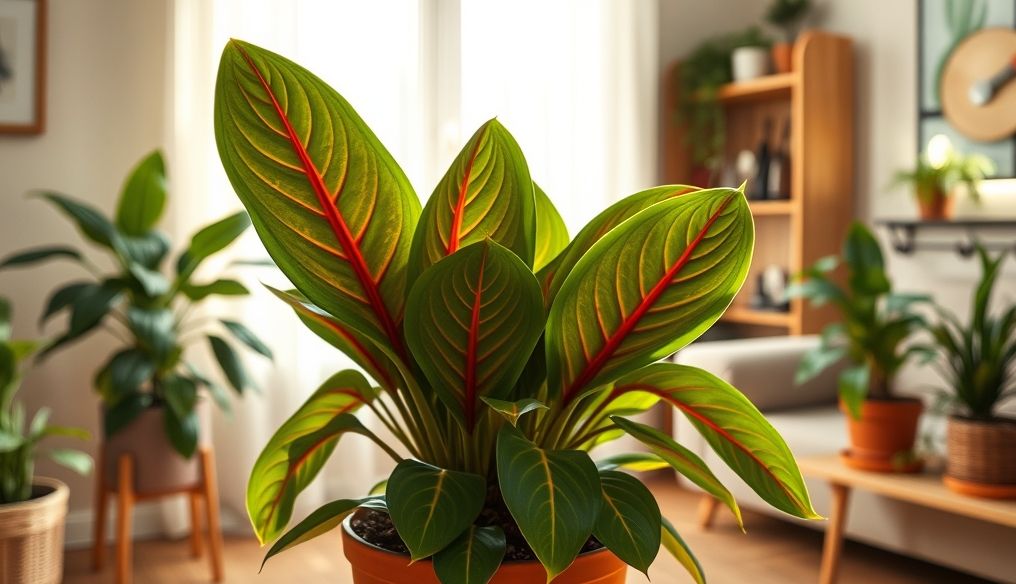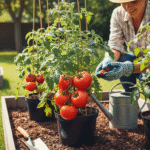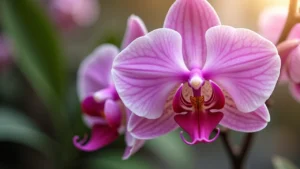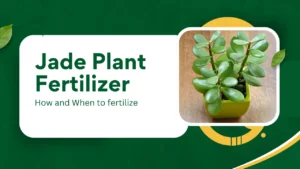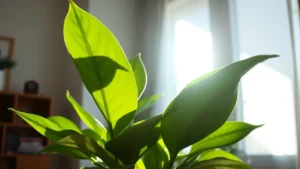Few indoor plants can match the charm and elegance of the prayer plant (Maranta leuconeura). Known for its striking patterned leaves and unique “prayer-like” folding at night, this tropical beauty is a favorite among plant lovers worldwide. Beyond its aesthetic appeal, prayer plants are known to purify indoor air, making them both beautiful and beneficial.
Whether you’re a beginner eager to grow a new indoor plant or an experienced gardener seeking to expand your collection, understanding how to care for a prayer plant is essential. This guide offers decades of horticultural knowledge, practical advice, and prayer plant care tips to help you nurture your plant to perfection.
Table of Contents
Prayer Plant Overview
The prayer plant (Maranta leuconeura) is a tropical perennial native to the lush rainforests of Brazil. Its name comes from its remarkable leaf movement — the leaves fold upward at night, resembling hands folded in prayer. This fascinating nyctinastic movement is part of the plant’s natural rhythm and adds an enchanting touch to any home.
Prayer plants are valued for:
- Vivid leaf patterns — striking shades of green with deep red veins.
- Low maintenance — perfect for indoor growing with the right care.
- Air purification — improving indoor air quality.
These plants thrive in warm, humid environments with indirect light, making them perfect for bringing life and texture into your home.
Prayer Plant Quick Care
| Attribute | Details |
|---|---|
| Scientific Name | Maranta leuconeura |
| Common Name | Prayer Plant |
| Native Region | Brazil |
| Light Requirements | Bright, indirect light |
| Watering Needs | Keep soil consistently moist |
| Propagation | Stem cuttings or division |
| Toxicity | Non-toxic to pets and humans |
| Growth Rate | Moderate |
| Ideal Temperature | 65–80°F (18–27°C) |
Prayer Plant Requirements
| Attribute | Details |
|---|---|
| Hardiness | USDA Zones 10–12 |
| Climate Zones | Tropical |
| Plant Type | Perennial, Indoor Plant |
| Plant Family | Marantaceae |
| Plant Genus | Maranta |
| Season of Interest | Year-round |
| Height | 6–12 inches |
| Spread | 12–18 inches |
| Spacing | 12–18 inches |
| Depth | Shallow root system |
| Maintenance | Low to moderate |
| Soil Type | Rich, well-draining soil |
| Soil pH | 6.0–7.0 |
| Soil Drainage | Good drainage essential |
How to Care for a Prayer Plant
Prayer Plant Light Requirements
Prayer plants thrive in bright, indirect light. Direct sunlight can scorch their delicate leaves, while too little light will dull their vibrant patterns and slow growth.
🌿 Pro Gardener Tip: Place your prayer plant near an east-facing window or behind sheer curtains for the perfect balance of light.
Prayer Plant Watering
Prayer plants prefer consistently moist soil but are sensitive to overwatering. Allow the top inch of soil to dry out slightly between waterings. Watering with room-temperature, filtered water helps prevent leaf spots caused by chlorine and fluoride in tap water.
🌿 Pro Gardener Tip: Mist your prayer plant daily or use a humidity tray to keep moisture levels high — they love humidity!
Prayer Plant Soil
The ideal soil is rich, loamy, and well-draining, with a slightly acidic to neutral pH (6.0–7.0). A mix of peat moss, perlite, and potting soil works well to retain moisture while ensuring drainage.
🌿 Pro Gardener Tip: Add orchid bark or coarse sand to improve aeration and prevent root rot.
Best Pot for Prayer Plant
Choose a pot with drainage holes to prevent waterlogging. Terra-cotta pots are ideal because they allow soil to breathe and regulate moisture levels naturally.
🌿 Pro Gardener Tip: Use a slightly larger pot only when the roots have outgrown the current one — prayer plants prefer a snug fit.
Repotting Prayer Plant
Repot every 2–3 years in fresh soil to ensure healthy growth. This is also a good opportunity to divide the plant and propagate.
🌿 Pro Gardener Tip: Repot during spring or early summer when growth is active for minimal stress.
Prayer Plant Temperature
They thrive in warm temperatures between 65–80°F (18–27°C). Avoid placing them near drafts, heaters, or air conditioners as sudden temperature changes can damage the plant.
🌿 Pro Gardener Tip: Keep prayer plants away from cold windows in winter — they are tropical and sensitive to cold.
Prayer Plant Humidity Requirement
High humidity is essential. Ideal humidity is around 60% or higher. Dry indoor air can cause leaf curling or brown edges.
🌿 Pro Gardener Tip: Use a humidifier, pebble tray, or group plants together to naturally boost humidity.
Prayer Plant Pruning
Remove yellow or damaged leaves to encourage healthy growth. Trim excess stems to maintain shape and airflow around the plant.
🌿 Pro Gardener Tip: Use clean, sharp scissors to prevent infection.
Prayer Plant Fertilizer
Feed monthly during spring and summer with a diluted balanced liquid fertilizer (10-10-10). Reduce feeding in fall and winter when growth slows.
🌿 Pro Gardener Tip: Over-fertilizing can cause leaf burn. Less is more with prayer plants.
Prayer Plant Pests and Diseases
Common pests include spider mites, aphids, and mealybugs. Root rot and leaf spot diseases can occur if soil is waterlogged.
🌿 Pro Gardener Tip: Inspect leaves weekly and wipe them gently with a damp cloth to discourage pests.
Conclusion
Prayer plants are living works of art, offering vibrant color, unique movement, and a sense of calm to any space. By following these prayer plant care tips, you can ensure your plant thrives and rewards you with lush foliage for years to come.
Growing a prayer plant is not just gardening — it’s cultivating a living connection with nature’s beauty. With warmth, patience, and the right care, your prayer plant will flourish, becoming a treasured part of your home.

